collecting collections

Hello, friends. Somehow it’s September! Late September, even. Who knows.
Florence has hundreds of tiny windows that were used to serve wine from the 16th century onwards, including during the Plague—they would pipe a tube out so someone could fill their own bottle, or sell bottles and would sterilize the money (with vinegar!) when payment was received. Anyway, in the time of COVID, these have come back, selling coffee, gelato, and cocktails. I’m delighted (except for the fact that the signage is in comic sans!!!)
In other news, I’ve been pulled into a lot of collections recently. I think this is something about living in quarantine, and finding things available on the internet, but I was going over the list of links I had collected (very meta), and so many of them were gatherings together of things, so here are a few of them that caught my eye.
I got introduced to WindowSwap by Door (who runs a great newsletter), and it’s just the most soothing thing in the world. You just… look out a window for 10 minutes. And then swap. It’s very soothing, and most of the time you can look at people’s pets.
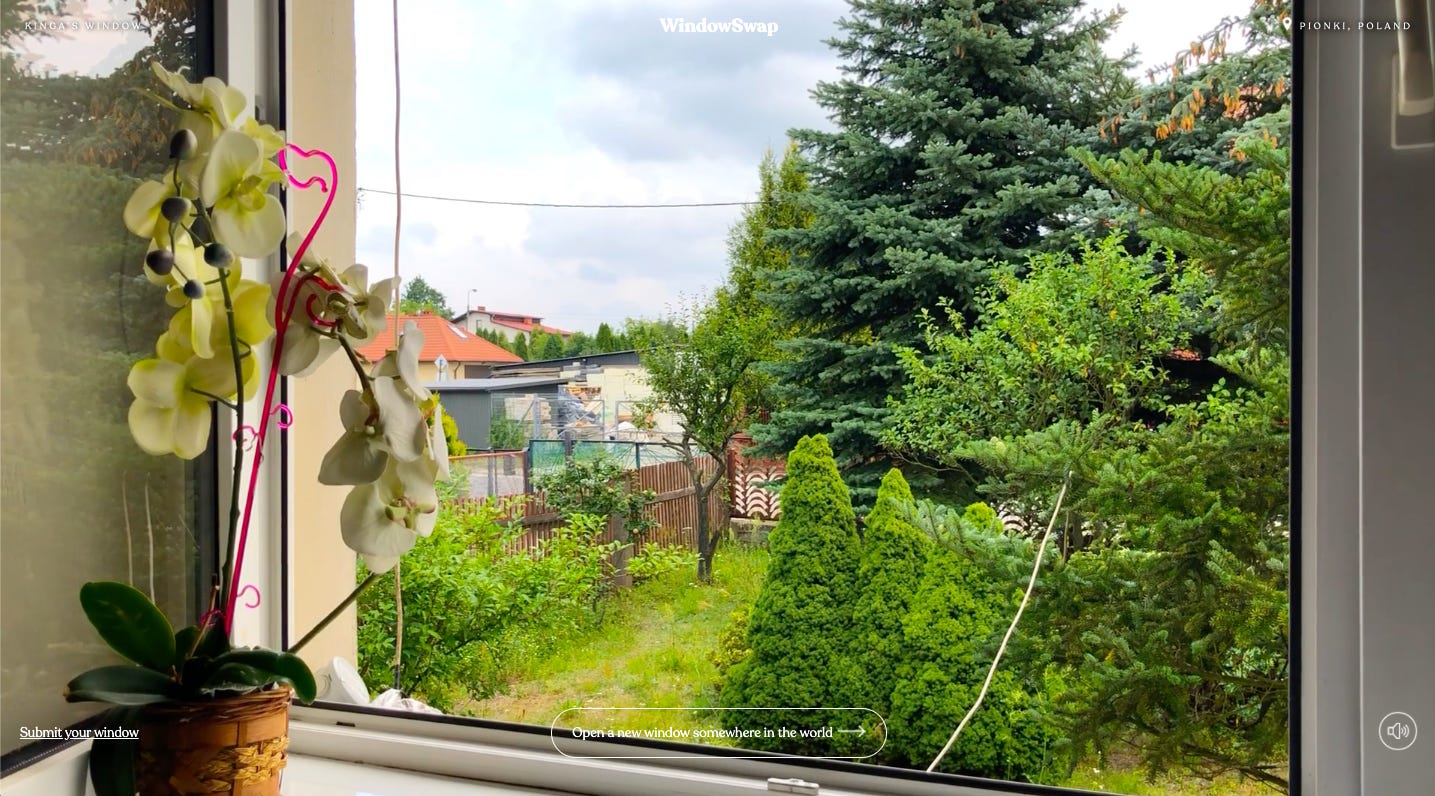
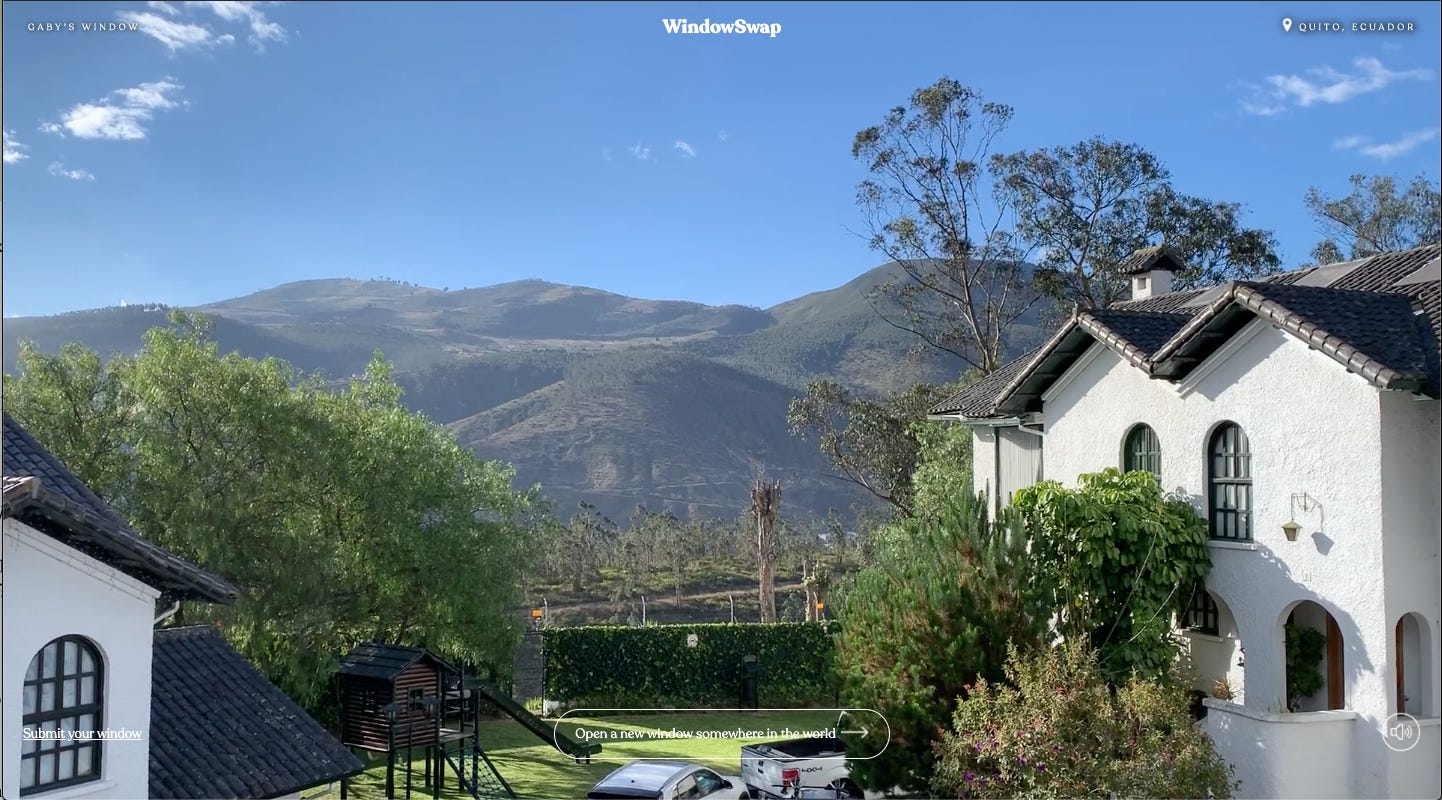
Someone has put together all 2,242 illustrations of Sowerby’s collection of mineralogy in Great Britain from the early 19th century and I can’t stop just panning around and clicking on things (also the scans are incredibly high-res)
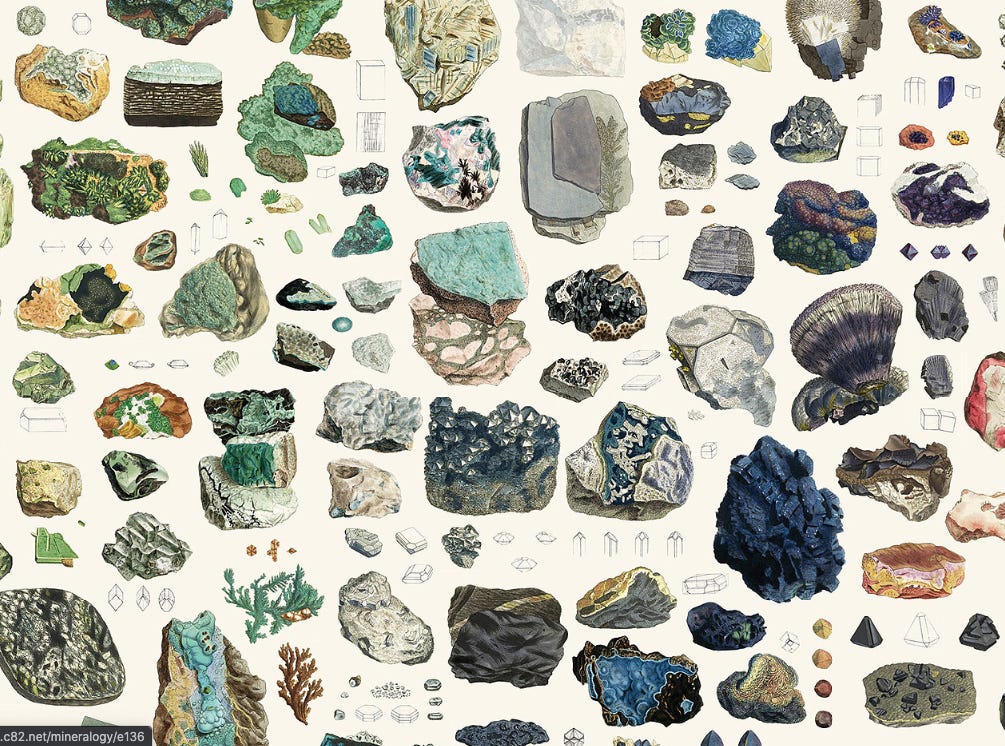
I just learned about the Crystal Palace dinosaurs, the first dinosaur sculptures in the world (1854) because they are listed as a Grade I listed building, which rules (alongside Buckingham Palace). Also, while looking into this I realized we definitely have this print hanging on the staircase, thanks to my sister, but I had no idea what it was!
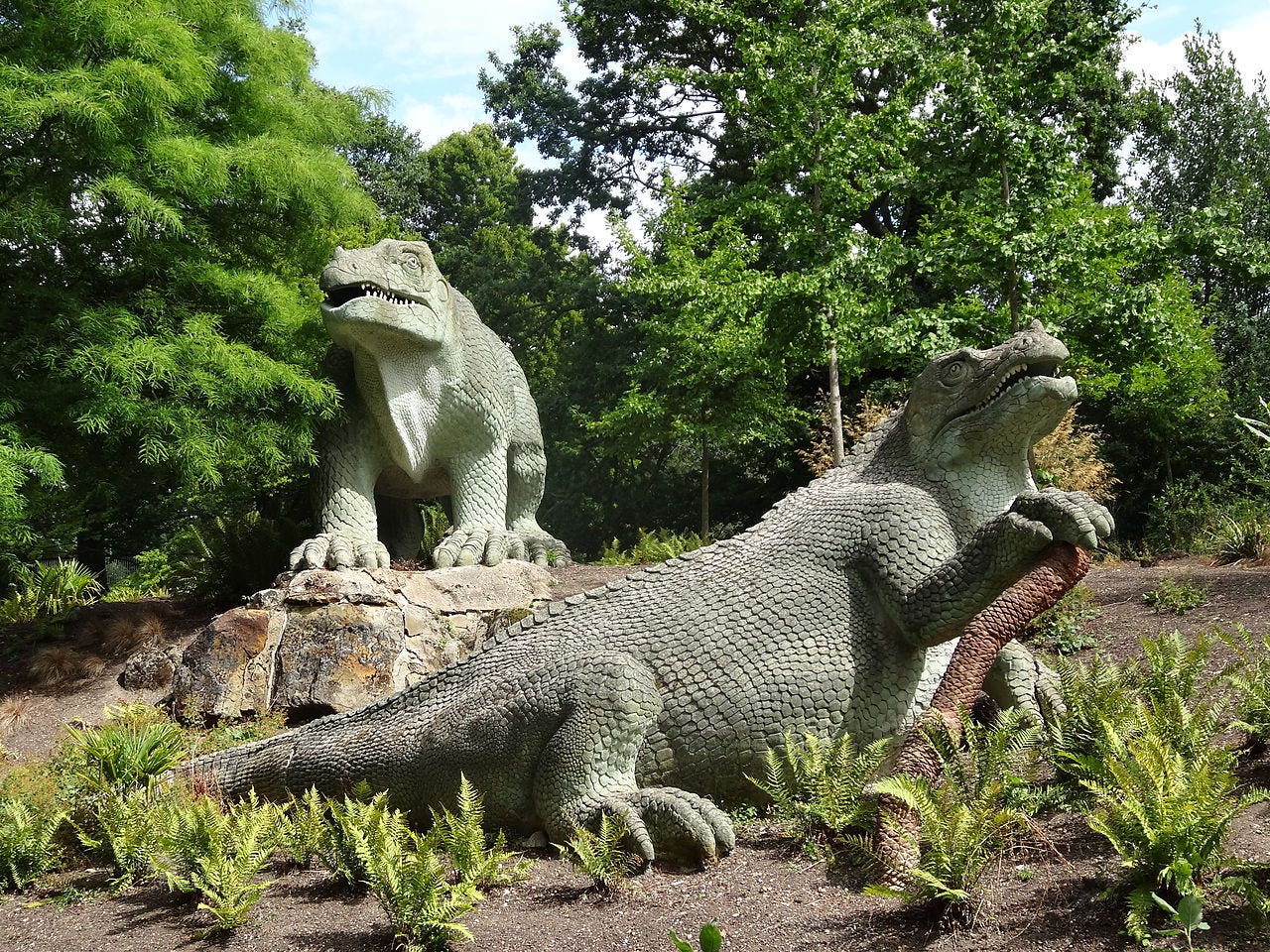
Here’s a banquet being held inside the Iguanodon:

Every single picture is gold:
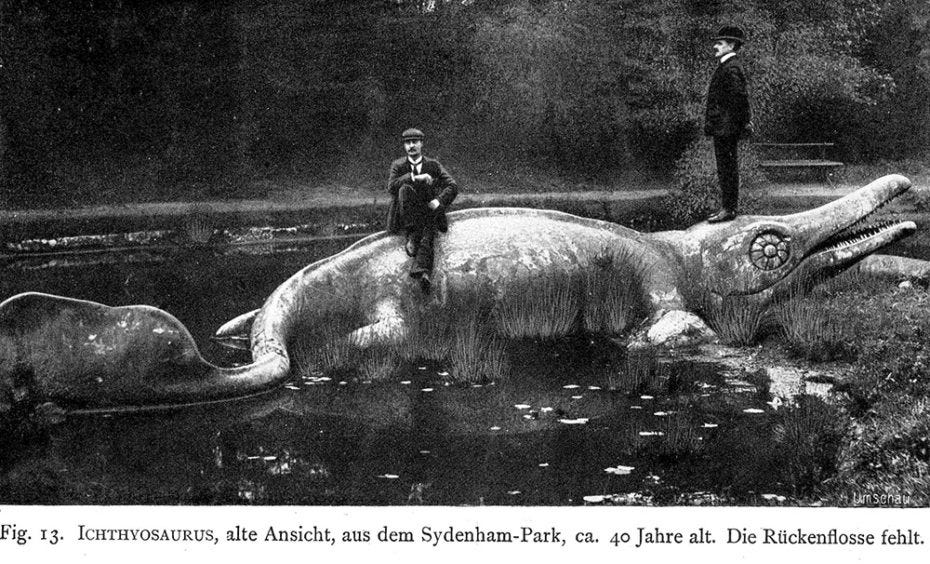
Someone has built a (virtual) museum of lockpicking mechanics in videogames. In Iceland, they have a Library of Water, which contains “24 glass columns containing water collected from ice from some of the major glaciers around Iceland”
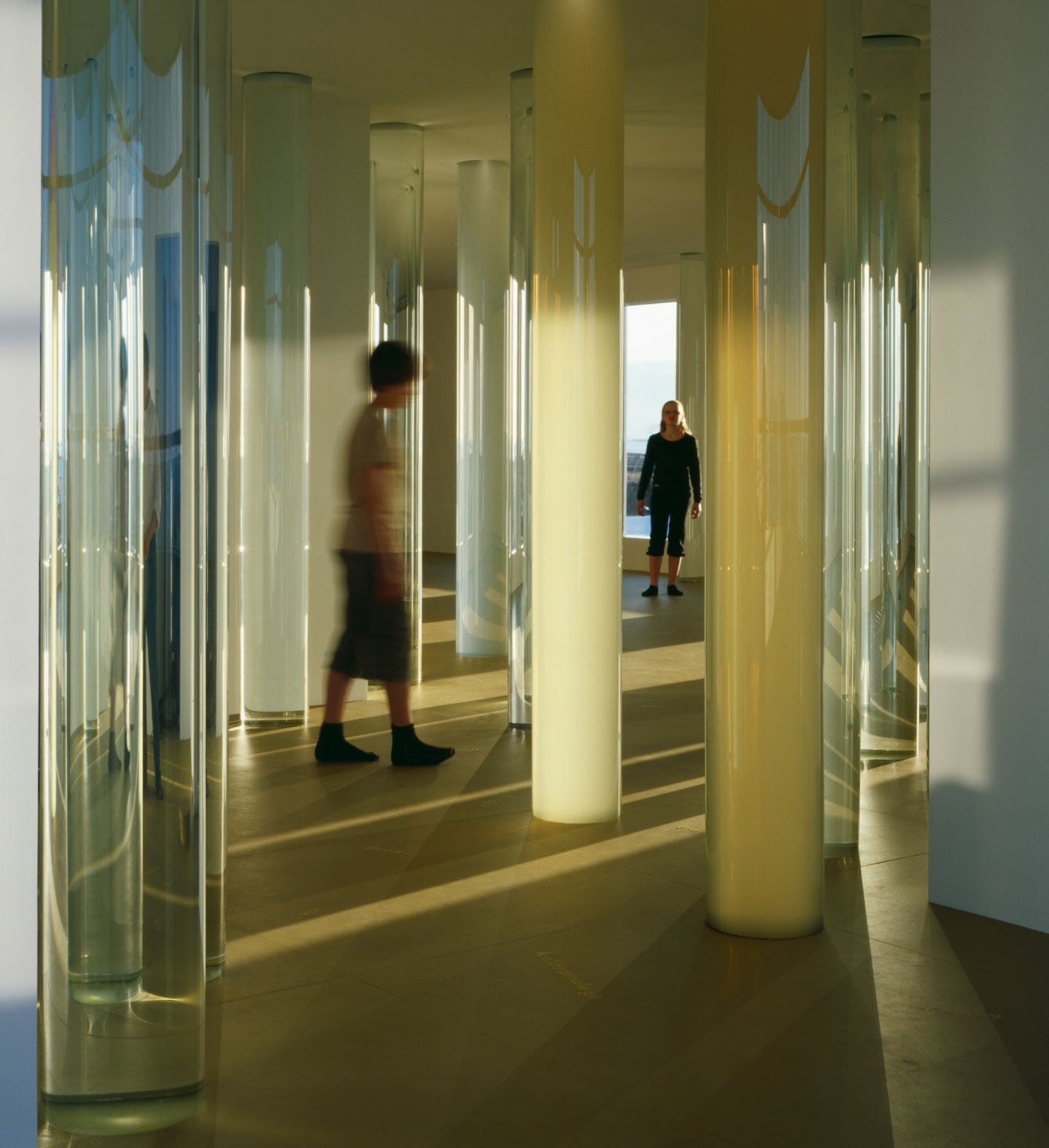
Diving into the UX of LEGO interface panels:
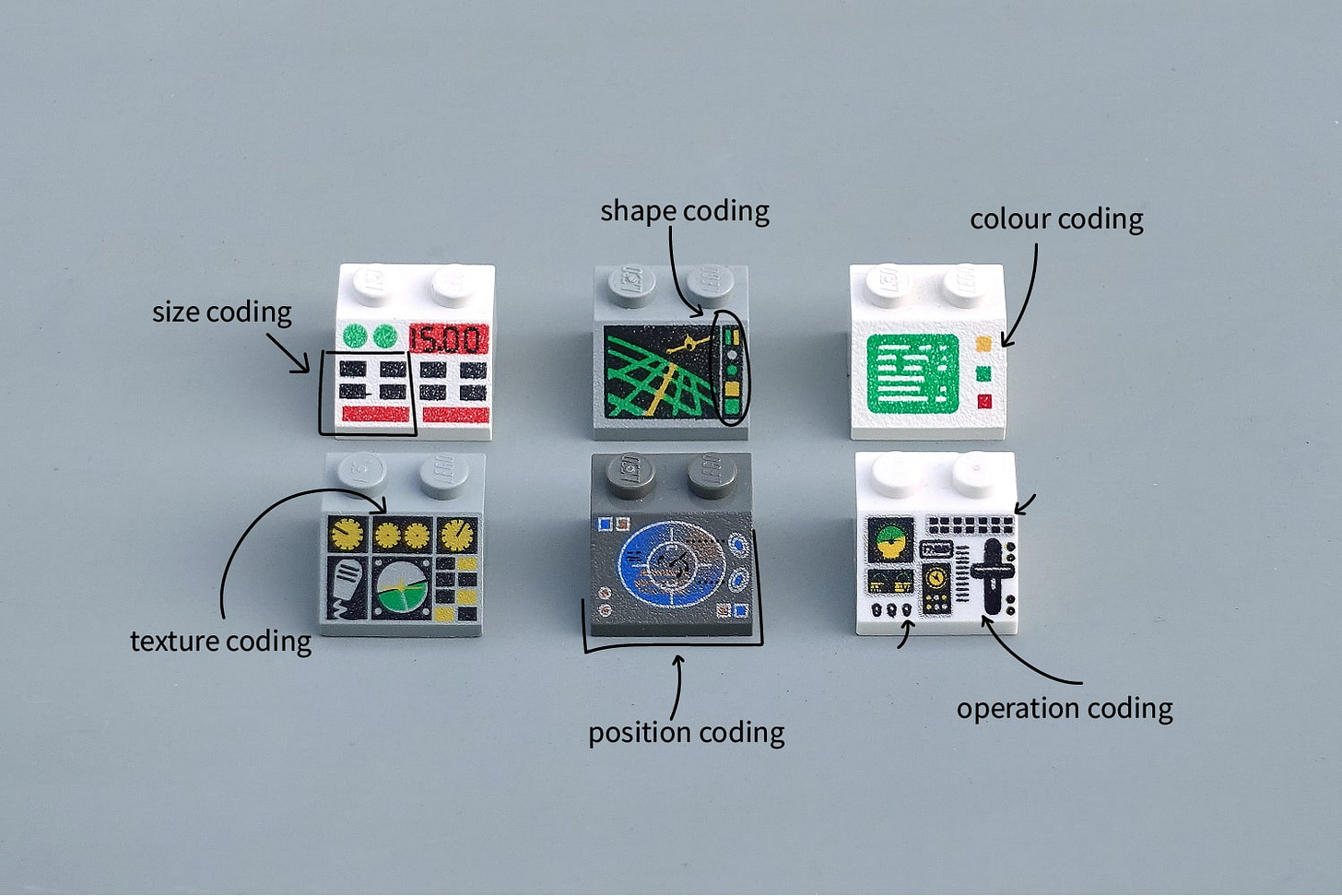
There are a series of “lifting stones” / “stones of strength” around Scotland (& environs) and they are Very Heavy (200-300 lbs!) and people go around Scotland and lift them, and have for years and years. There’s a little documentary on it, for a documentary about literally rocks, it’s a delight. Lots of adorable old Scottish strongmen.
The website has some great editorializing, too:
The Macgregor stone has only recently come to the awareness of the wider stonelifting community. However, it is known to have resided at the hotel since 1934 at the very least. While more details of its history are being investigated, the 132kg/ 290lb sphere is accepting all comers. Specific rules apply.

The Library of Congress has digitized an archive of roadside Americana and obviously it’s great.

Looking perhaps for something a bit older to adorn your walls?

The museum at SFO (yes, the airport) is a delight, and one of my favorites. I’m glad they’re still creating new exhibits, even in the pandemic, though I hope they have longer end dates on them. One up currently in the International terminal is about Zuber et Cie, a scenic wallpaper company from the middle of the 19th century. I love seeing these images stitched together (or in situ), but also love the visual of them on the long rolls, as displayed here (and YES you can still buy it! My birthday is in December, thank you for asking!)
Eldorado (1849), one of the most popular scenic wallpapers created by Zuber et Cie, showcases the continents of Africa, Asia, Europe, and North America through both natural scenery and stunning architectural elements. #ZuberScenicWallpaper #MuseumFromHome #WallpaperWednesday pic.twitter.com/ANW2JJXC5I
— SFO Museum (@SFOMuseum) September 2, 2020
Not a collection, but as topical as it perhaps can be: John Cage, the same composer who wrote “4’33” also wrote a piece called ASLSP (“As Slow as Possible”) that is currently being performed on an organ (the organ variant is titled “Organ2/ASLSP”) in Germany. Cage never detailed how slow “as slow as possible” is, so the current plan is for it to go on for 639 years (it started in 2001). And a note changed on September 5th (they added G♯ and an E)! The next one will change February 5th, 2022, where the G♯ will be released. What’s neat is that the organ is assembled / disassembled with the notes, so quite literally they added pipes to it to create the new chord. (On a related note (ha ha), turns out how we perceive octaves is taught not hard-wired in!)
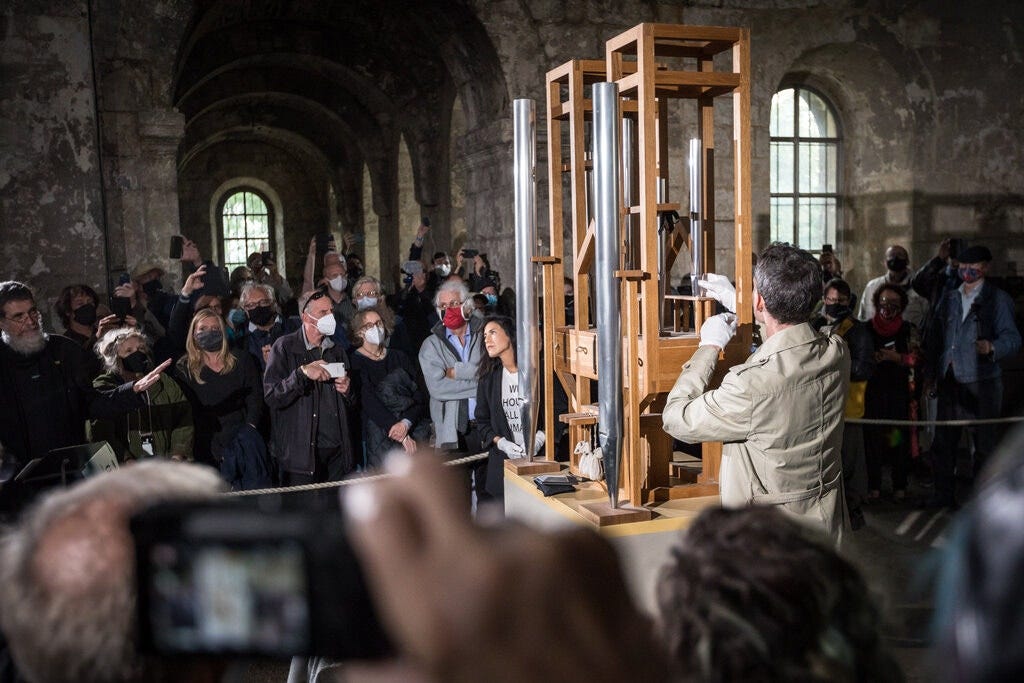
That’s all for now! Enjoy other people’s windows with me!
Etcetera: New Zealand wizard insists reports of his retirement have been greatly exaggerated. Researchers say they know what happened to ‘Lost Colony’ (but like so many things: Native tribes have known where they were the whole time). Scientists rename human genes to stop Excel from misreading them as dates (amazing)
